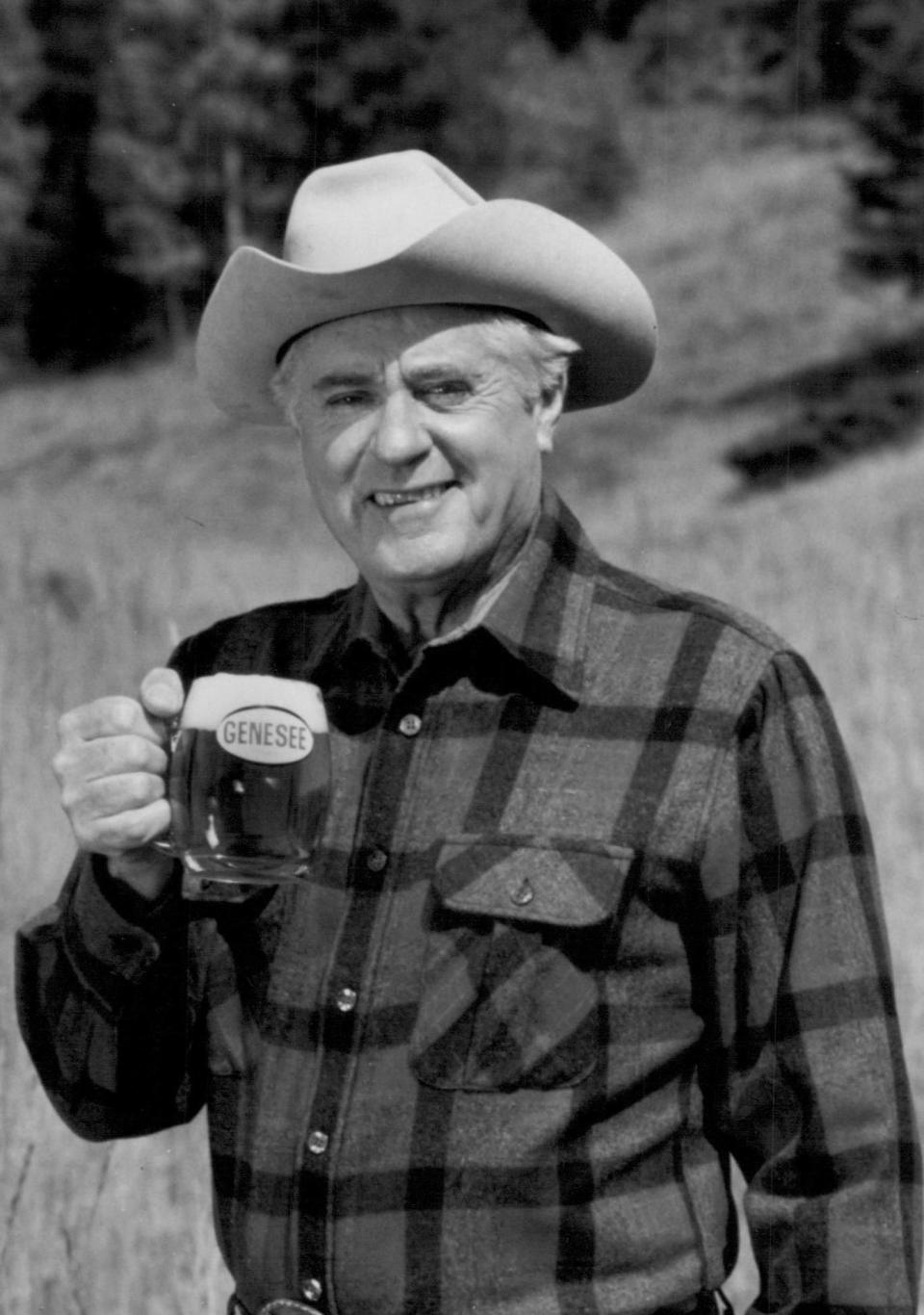No NASCAR leniency for Hendrick; no 350-yard drives for Justin; and mute the TV | HEY, WILLIE!
- Oops!Something went wrong.Please try again later.
HEY, WILLIE!
As far as I know, at this point NASCAR has said you don't alter the car parts, period.
Hendrick Motorsports can claim their guys were only trying to make the hood louvers fit, but it seems to me, with Hendrick being the gold standard, they would have been able to make the louvers comply.
Did any of the Fords have an issue? No. Did any of the Toyotas? No, just all four Hendrick Chevrolets and a Richard Childress satellite Chevy.
I'm not one who believes in the conspiracy theories that run rampant among NASCAR fans, but if the fines don't stick I'll be pretty disappointed.
TOM

HEY, TOM!
Here are the penalties: Fines of $100,000 for each of Hendrick's four crew chiefs, along with four-race suspensions. Loss of 100 driver points, 100 owner points, and 10 playoff points for each (except Chase Elliott's sub, Josh Berry).
Since it’s happened before, let’s assume it just might happen again — the penalties will stick, but the fines and/or loss of points (and/or suspensions) will be reduced.
When you have Jeff Gordon pleading your case, as Hendrick does, something’s gotta give. Jeff made some solid points on rebuttal, but we’ve yet to hear NASCAR’s cross-examination.
In many areas of the Next Gen car, parts are supplied by a third party and come with a glaring DO NOT TOUCH edict. In a perfect world, the penalties hold and teams eventually get the message, or NASCAR admits to introducing some gray area and drops the penalties completely.
But the world ain’t perfect.
NASCAR QNAJeff Gordon upset, Denny Hamlin dug in, Kyle Busch gives a bleep, even Rusty Wallace takes a hit
GOLF BALLS, ETC. The new golf ball, another Mets letdown and, what's this, a Bob Hope comeback! | KEN WILLIS
HEY, WILLIE!
In your Sunday column (March 19) you supplied a quote from Justin Thomas regarding changing the golf ball.
While Justin is usually thoughtful in his analogies, his examples of gains made in basketball and mile runners were largely due to human endeavor and not mostly based upon technology. In golf it is mostly based on technological advances in the clubs and balls with a minor influence based upon conditioning.
It’s the same reason aluminum bats are not allowed in Major League Baseball.
DON M
HEY, DON!
Yes, yes and yes, I made those same counter-arguments, but thanks for seconding each.
Here are a couple things to keep in mind, assuming golf (in general) and golf equipment (specifically) float your boat.
First, a dialed-back golf ball wouldn’t become a thing until 2026. And even then, maybe only in three of the four major championships — the U.S. and British Opens, assuredly, since those governing bodies are driving this, and probably the Masters, where bulldozers have become too common during modern course-stretching efforts.
The PGA of America, with direct ties to golf professionals, is most likely of the four majors to reject the limited golf ball, though the lobbying might be strong during a clubhouse game of hearts.
Next, the PGA Tour, which by constitution is operated by and for the players, might not go along — at least not without concessions — given how so many professional golfers are tethered to friendly contracts with Titleist, Callaway, etc. Yes, it would be quite uncomfortable if the Tour and a few majors used different golf balls — at least on the surface (i.e. in the media).
Finally, I say “on the surface” because, my goodness, we’re talking the difference between a 6-iron an 7-iron into a long par-4. Maybe a 5-iron. Unless I’m missing something, it seems that the longer hitters will still be longer, just not as long — maybe 320 instead of 340.
Below the surface, let’s assume there’s a lot more work involved for pros and the clubmakers, whose technologies will need to be adapted a millimeter here, a smidge there — a three-year runway should suffice, you'd think. But one of the biggest and oldest arguments centers around the thought that amateurs — especially decent amateurs — love the idea of playing the same equipment as their professional heroes.
Add that to the mountain built by propagandists who abide by the theory, if you say something often enough it becomes conventional thought. One of the damnedest things we’ve ever been sold.
Will your nearest single-digit handicapper quit paying $52 for a dozen high-end golf balls just because Rory can no longer reach the greenside bunker on the third at Augusta? Color me skeptical on that sales pitch.
HEY, WILLIE!
Why do we need multiple, or any, play-by-play announcers? Everything we need to know is displayed on the screen.
I usually mute the announcers, but having just the natural sound of a game would be nice. Maybe keep the sideline and pit reporters?
PETE

HEY, PETE!
You ever find a replay of a long-ago game and wonder how you ever got along without knowing down-and-distance, time remaining, how many runners on base, the ball-strike count … not to mention pitch counts and velocity?
Every five minutes or so, Curt Gowdy would tell us the score and toss it to Tony Kubek (in the summer) or Al DeRogatis (in the fall), and we were pretty damn happy. Or so we thought.
All of that information, wedged onto the screen by the Boys in Graphics, has made televised sports much more palatable for those who, for instance, might find themselves on a bar stool and watching a ballgame above the Clydesdale clock on a screen with no sound.
Or so I'm told.
— Reach Ken Willis at ken.willis@news-jrnl.com
This article originally appeared on The Daytona Beach News-Journal: NASCAR and Hendrick; Justin Thomas and limits, and where's Curt Gowdy?

